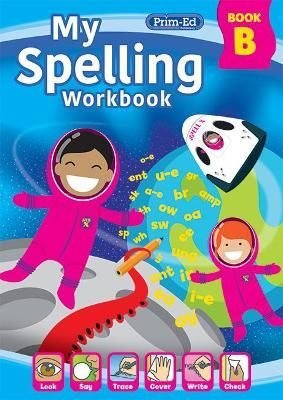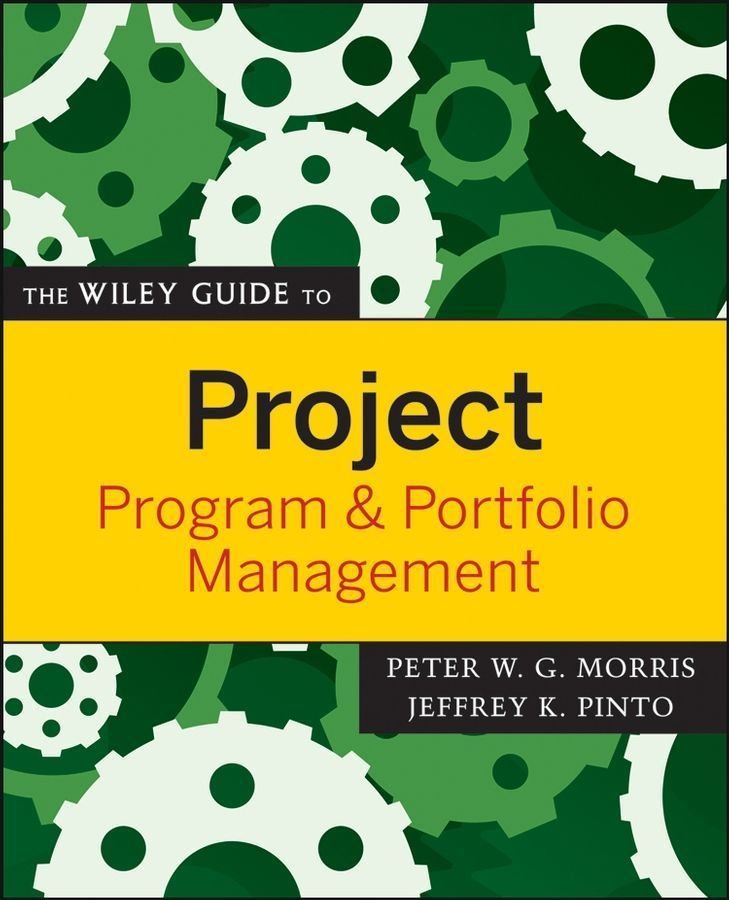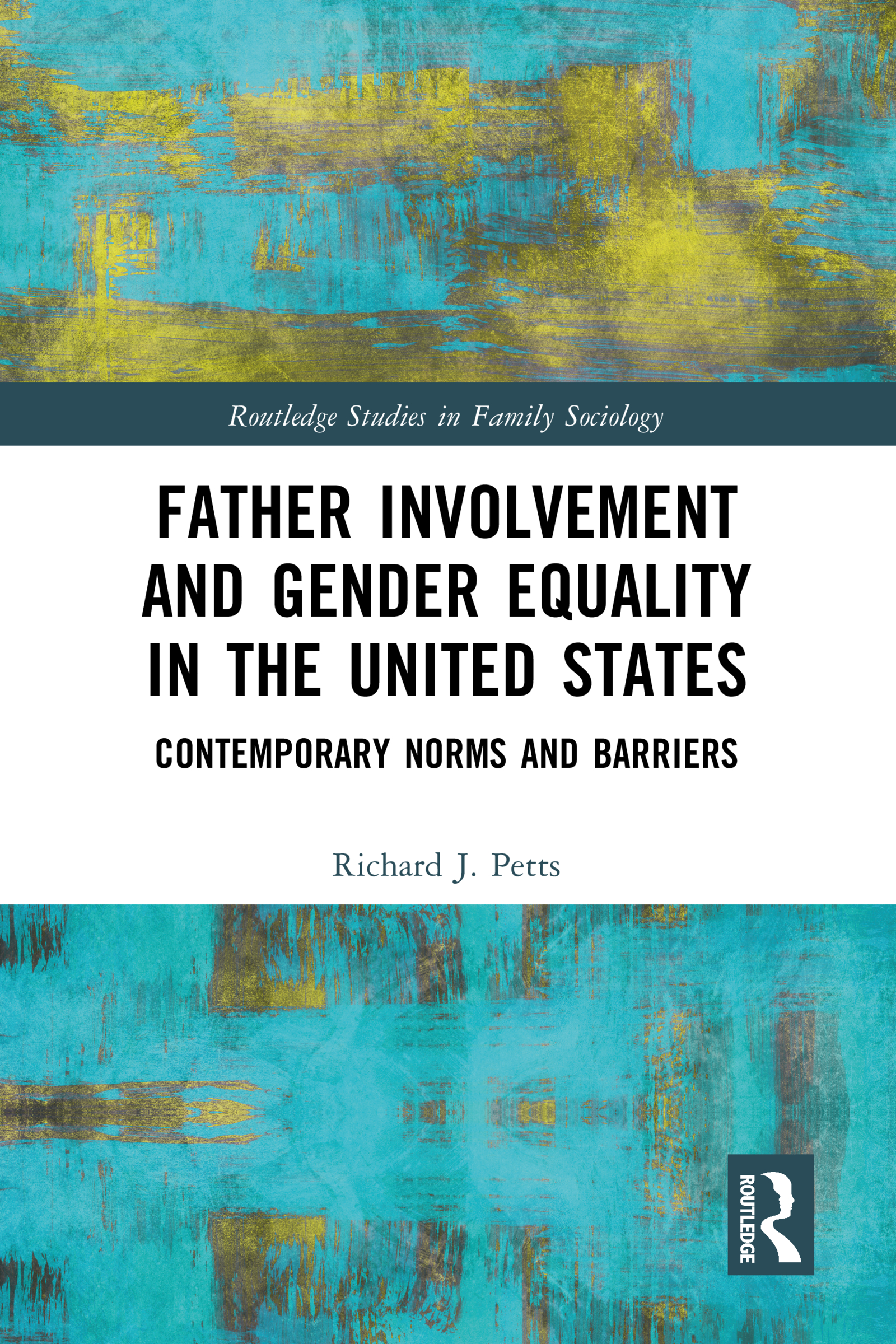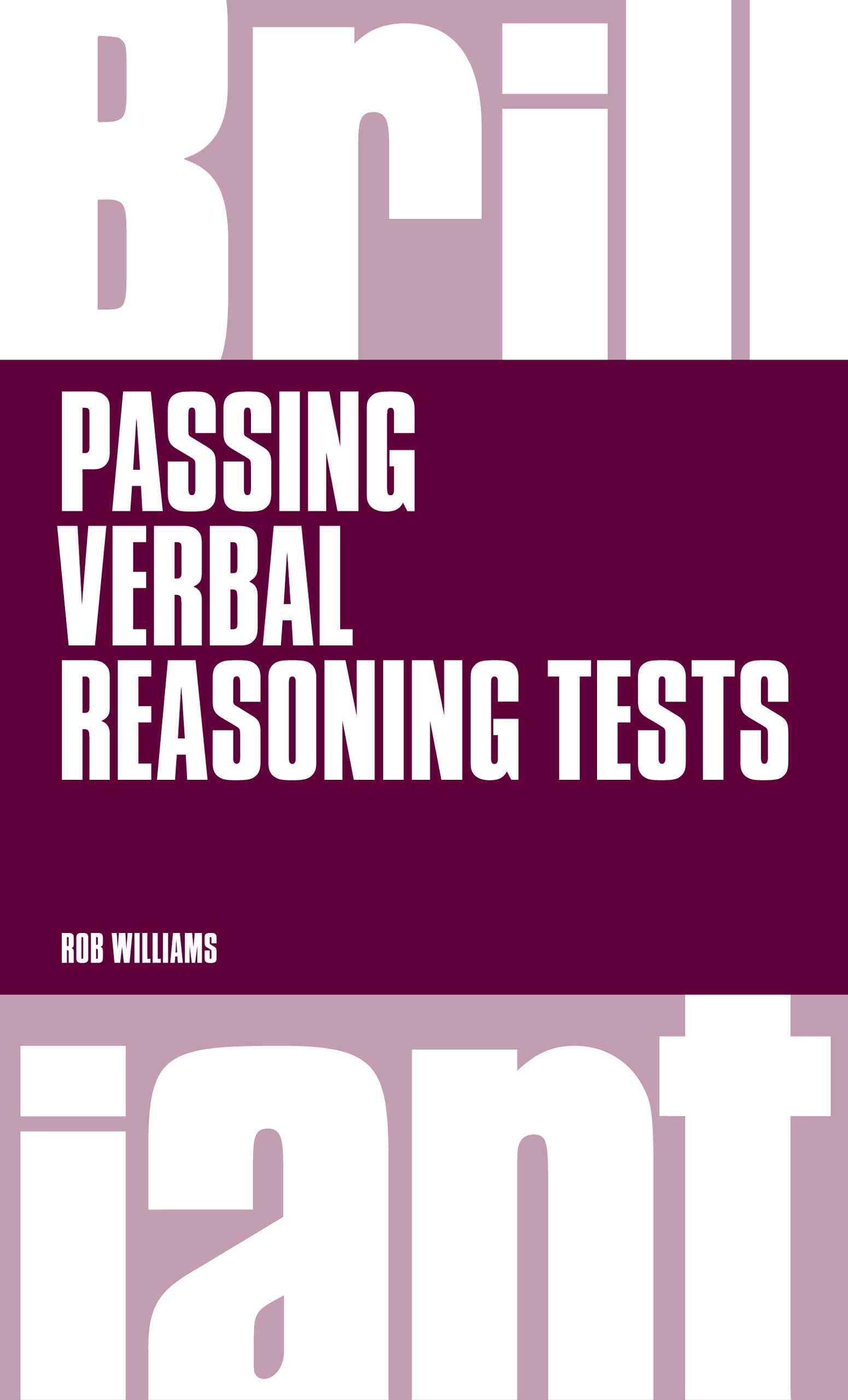Phonics and the Common Words Teaching and learning spelling are progressive processes, which are structured in this scheme, marrying phonics with ‘common words’. Children learn best when spelling is taught systematically and in a structured manner over time. Spelling needs explicit instruction for the majority of children, particularly for those who fail to ‘catch it’ because of inherent difficulties. The NLS Framework for Teaching (Beard 1998) recommended that successful management of the teaching of spelling should include structured teaching, which involves the following, all of which are an integral part in the My Spelling Workbook series: making it clear what has to be learnt dividing material into manageable chunks teaching in a well considered sequence the use of material in which children make use of hunches and prompts regular testing for progress immediate feedback Matching Teaching Methods to Learning Styles This phonic based, multisensory spelling series introduces strategies that feature Look, Say, Trace, Cover, Write and Check. The series promotes independent learning of spelling in context and features a proven metacognitive approach to spelling.The metacognitive approach encompasses logical and systematic thinking, combined with the skills of visualisation, emotion and creativity. Through using all aspects of thinking, children not only learn how to spell but also learn how to retain and use these words in context. Success with this series is achieved through the reinforcement activities provided in the My Spelling Workbook series. These workbooks cover the strategies in a fun, creative way ensuring that both the child and the teacher enjoy the learning process. The Teachers Guides provide the metacognitive strategies. These are clearly outlined using flash cards, assessment sheets, extra activities, guidelines for use with children with special needs, extension activities for more able children, dictation, word lists and answers. Each workbook …












